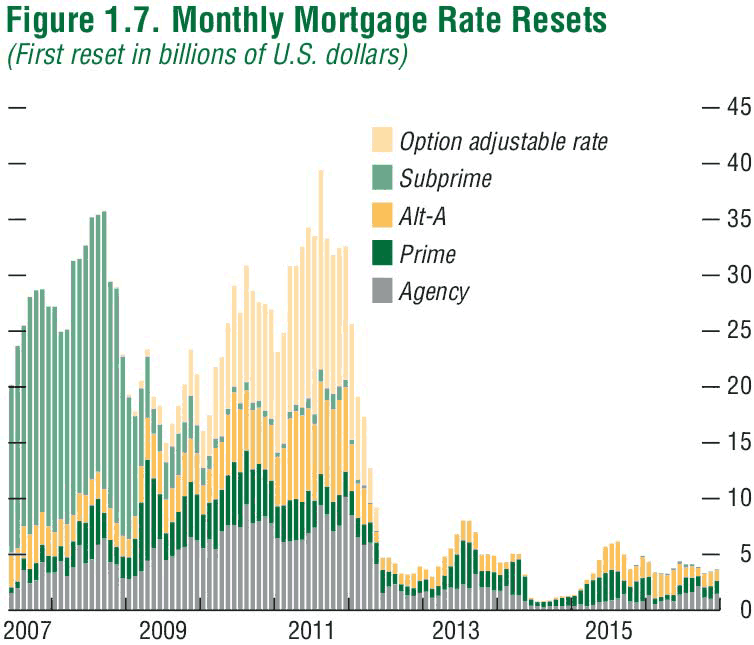The Coming of an Economic Firestorm
Post on: 16 Март, 2015 No Comment

Technical analysis of the data which historically predicts future USA economic movements reveals a number of metrics have strengthened in the last 30 days. The particular data sets used by Econintersect to develop forecasts show a similar pattern. Yet, beyond the U.S. borders, there are disturbing and unquantifiable developments:
- Events in the European Monetary Union demonstrates a disconnect between fiscal policies of the members and monetary policies of an inflexible currency. This disconnect has triggered recessionary fire in the Eurozone. With a weak USA economy, a deep recession in Europe could provide recessionary headwinds. A small recession would have little effect. Which will it be?
- Bank real asset values which were wallpapered over in Europe (and to a lesser extent in the USA), again has come center stage. The Euro banks are chuck full of sovereign debt (some will not be repaid) with the banking sector holding 89% of the PIIGS direct exposure ($2.7 trillion).
According to the BIS, the countries with the most total foreign claims to the PIIGS debt were France ($843 billion) and Germany ($652 billion), followed by the United Kingdom ($380 billion), the Netherlands ($208 billion) and the U.S. ($195 billion) in absolute terms by the end of the first quarter in 2010. To get a better sense of the risks, economists often express these amounts as a percent of the creditor countrys GDP. By this metric, French banks had the most exposure (32 percent), followed by Dutch banks (26 percent) and then German banks (20 percent). The exposure of U.K. banks was 17 percent, and the exposure of U.S. banks was only 1 percent. These data, thus, show why the contagion risk remained in Europe.
Global banks are loaded with miss-priced assets, an ownership spider web of banking and non-banking activities which multiply risk of failure, and investments which have no place in systemically important banking systems. European banks (especially in the southern Eurozone) likely are already insolvent with bank regulators looking the other way as there are no solutions.
Just like the Lehman bankruptcy setting off an unconsidered contagion throughout the worlds financial system, it’s not difficult to postulate a tiny event starting a financial Armageddon in an already weak and deteriorating European financial system. Econintersect has been posting European think-tank analysis which have been predicting this event (see series here) .
Many have suggested 2011 could be 2008 with a market and credit meltdown. The fire was put out in 2008 by strong monetary actions by the USA. But the likely firestorm will erupt within a European monetary zone with no fire trucks or fire hydrants or even a plan to fight a fire.
It is a fear of an uncontrollable contagion event which is capturing the attention of the financial world. The USA in isolation is healing even though it should be argued the economic medicine is inadequate and its economic management is poor.
But it is Europe which is now in control of the worlds economy by its (in)actions and now has the potential of releasing a firestorm on the world. How would it manifest? What size would it be? How can the risks be weighted? All unknown.
It is hard to invest when investing conditions cannot be defined. It is impossible to accurately forecast economic growth with a firestorm glowing on the horizon.
Economic News this Week:
The Econintersect economic forecast for November 2011 continues to predict weak growth.
ECRI has called a recession. Their data looks ahead 6 months and the bottom line for them is that a recession is a certainty. The size and depth is unknown. Although Econintersects data is not recessionary (one month look-ahead) we take this recession call seriously. This week the actual level of ECRIs WLI index continues its less bad trend for the fourth week in a row but is still indicating the economy six months from today will be worse.
Initial unemployment claims rose 2,000 (from 391,000 which was revised up from a preliminary 388,000 last week) to 393,000. This is the second week that claims were under 400,000 a potentially important economic point.
Historically, claims exceeding 400,000 per week usually occur when employment gains are less than the workforce growth, resulting in an increasing unemployment rate (background here and here ). The real gauge the 4 week moving average fell slightly to 400,000. Because of the noise (week-to-week movements from abnormal events), the 4-week average remains the reliable gauge. Click to enlarge:
Overall the data this week continued to show a weakly improving economy. There were no recessionary flags. The weakness this week continues to be in the securities markets.
Weekly Economic Release Scorecard:
USA Congress. Americas professional inside traders














